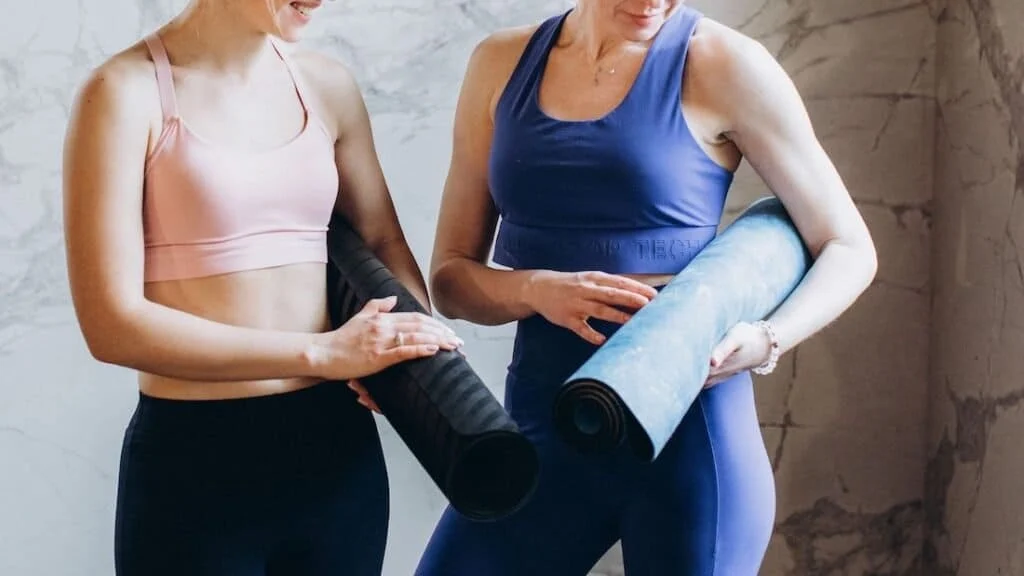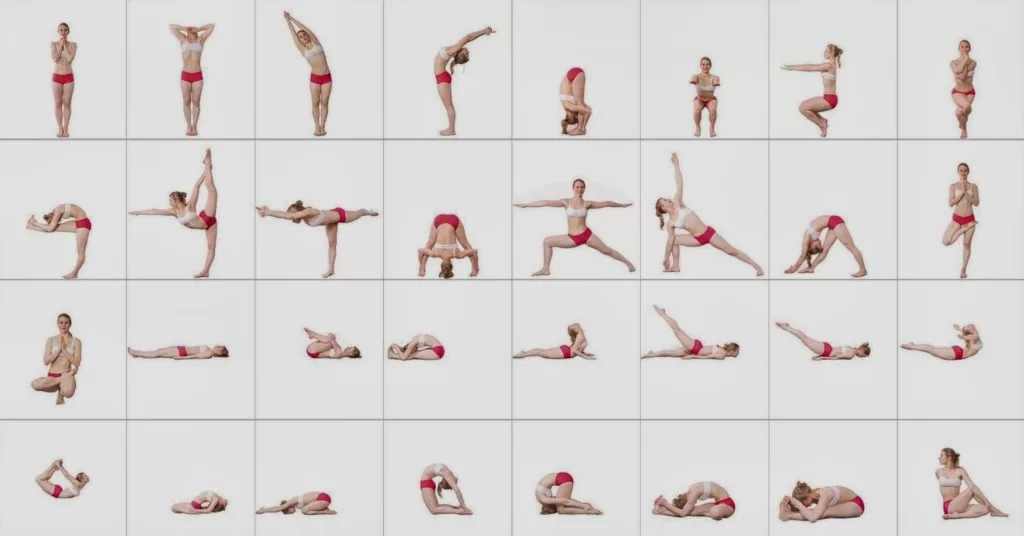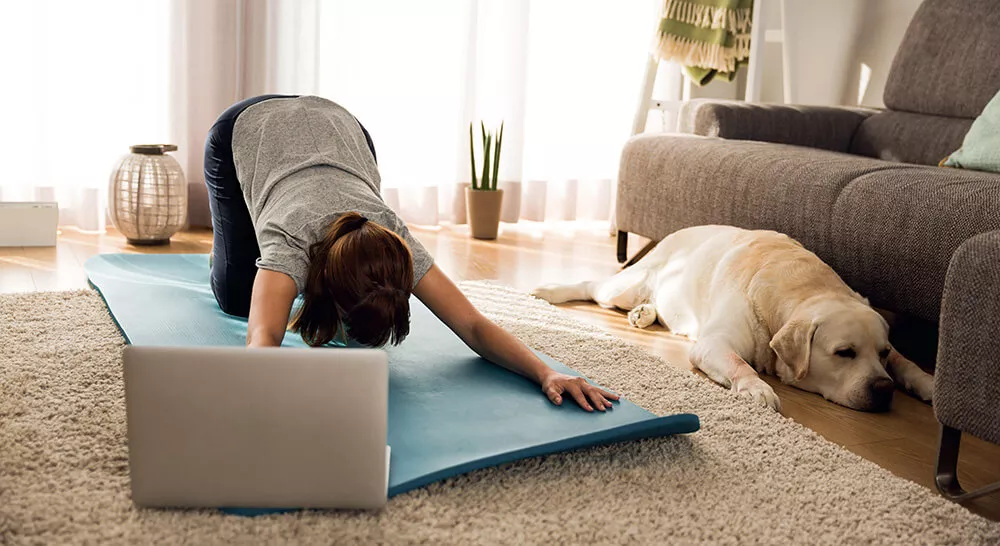
3mm Vs 5mm Yoga Mat Which One Is Better?
As you step into the world of yoga, one of the most important accessories you will need is a yoga mat. A good yoga mat not only provides a comfortable and stable surface for your practice, but it also cushions your joints and prevents slipping. However, with so many options available, choosing the right one can be overwhelming, especially when it comes to thickness. In this article, we will explore the differences between 3mm and 5mm yoga mats to help you decide which one is better for your practice.
When it comes to yoga mats, thickness is an important factor to consider. A thicker mat can provide more cushioning and support, making it a good choice for those with joint pain or injuries. However, a thinner mat can offer more stability and better connection to the ground, making it ideal for balancing poses and more advanced practice. So, which one is better – a 3mm or 5mm yoga mat? Let’s dive deeper into the pros and cons of each and help you make an informed decision.
When it comes to choosing between a 3mm and a 5mm yoga mat, it ultimately depends on personal preference and needs. A 3mm mat is thinner and lighter, making it easier to carry around and travel with. It also provides a firmer and more stable surface for balancing poses. On the other hand, a 5mm mat offers more cushioning and support for your joints during floor poses and is ideal for those with sensitive knees or wrists. Consider your practice style and comfort level when deciding which thickness to go for.
3mm Vs 5mm Yoga Mat: Which One is Better?
Yoga is a practice that requires a lot of concentration, balance, and flexibility. It is important to have the right equipment to support your practice, and one of the most important pieces of equipment is your yoga mat. When choosing a yoga mat, one of the most common questions is whether to go for a 3mm or 5mm thickness. In this article, we will explore the pros and cons of each to help you decide which one is better suited for your practice.
1. Cushioning and Comfort
When it comes to cushioning and comfort, the thickness of your yoga mat plays a crucial role. A 5mm mat provides more cushioning and support than a 3mm mat. It is especially beneficial if you have sensitive joints or prefer a softer surface. However, a thicker mat can make balancing poses slightly more challenging as it can feel squishy underfoot.
On the other hand, a 3mm mat is a great option if you prefer a firmer surface or if you need to feel more grounded during your practice. It is also easier to balance on a thinner mat, making it a better option for more challenging poses like arm balances and inversions. However, if you have sensitive joints, you may find a thinner mat uncomfortable.
2. Portability and Storage
Another factor to consider when choosing a yoga mat is its portability and storage. A 3mm mat is generally lighter and easier to carry around than a 5mm mat. It is a great option if you travel with your mat or if you have limited storage space at home. Additionally, a thinner mat can be rolled up more tightly, making it easier to pack into a bag or suitcase.
A 5mm mat, on the other hand, is bulkier and heavier, making it less portable. It is a great option if you only practice at home or if you have ample storage space. Additionally, a thicker mat may take longer to dry after cleaning, making it less convenient if you need to use it frequently.
3. Durability and Longevity
Investing in a good quality yoga mat is important, and it’s also essential to consider the durability and longevity of your mat. A 5mm mat is generally more durable than a 3mm mat. Its thicker padding provides better protection against wear and tear, making it less likely to rip or tear over time. Additionally, a thicker mat may last longer if you use it frequently or if you practice on rough surfaces like concrete or hardwood floors.
However, a 5mm mat may also develop creases or indentations over time, which can affect its performance. A 3mm mat, on the other hand, is less likely to develop creases or indentations, but it may be more prone to wear and tear over time, especially if you use it frequently.
Conclusion
Choosing between a 3mm and 5mm yoga mat ultimately comes down to personal preference and your specific needs. If you prefer a softer surface and need more cushioning, a 5mm mat is a great option. If you prefer a firmer surface and need a more portable mat, a 3mm mat may be a better choice. Additionally, if you have sensitive joints, you may benefit from a thicker mat, while if you practice more challenging poses, a thinner mat may be more suitable.
Ultimately, the right yoga mat for you is one that supports your practice and helps you feel comfortable and confident on the mat. So, take the time to consider your needs, and choose a mat that you will enjoy using for years to come.
Frequently Asked Questions
What is the difference between a 3mm and 5mm yoga mat?
Yoga mats come in different thicknesses, and the most common ones are 3mm and 5mm. The main difference between the two is the level of cushioning they provide. A 3mm mat is thinner and lighter, and provides less cushioning, making it ideal for those who prefer a firmer surface. A 5mm mat, on the other hand, is thicker and heavier, and provides more cushioning, making it ideal for those who need more support for their joints.
The choice between a 3mm and 5mm mat ultimately depends on your personal preference and the type of yoga you practice. If you prefer a more challenging yoga practice or perform high-impact movements, a 5mm mat may be a better option. If you prefer a more gentle practice or need a mat for travel, a 3mm mat may be more suitable.
Is a 3mm yoga mat enough cushioning for my joints?
A 3mm yoga mat provides enough cushioning for your joints if you prefer a firmer surface. However, if you have joint issues or perform high-impact movements, a 5mm mat may be a better option as it provides more cushioning and support for your joints. It’s important to choose a mat that matches your needs and preferences to ensure a safe and comfortable practice.
If you’re unsure which thickness to choose, you can try both and see which one feels better for your body. Also, keep in mind that the quality of the mat also plays a role in the level of cushioning it provides, so make sure to invest in a high-quality mat that will last you a long time.
What are the benefits of a 5mm yoga mat?
A 5mm yoga mat provides more cushioning and support for your joints, which is especially beneficial for those with joint issues or perform high-impact movements. It also provides a more comfortable surface for longer yoga sessions and can help prevent injuries by reducing the impact on your joints.
Additionally, a 5mm mat can be more versatile as it can be used for various types of yoga practices, including high-impact ones, and can also be used for other forms of exercise or stretching. It’s a great investment for those who want to prioritize their comfort and safety during their yoga practice.
Can I use a 3mm yoga mat for hot yoga?
Yes, you can use a 3mm yoga mat for hot yoga, but it may not be the most comfortable option. Hot yoga involves practicing in a heated room, which can cause sweating and make the mat slippery. A thicker mat, such as a 5mm one, can provide more grip and prevent slipping, making it a better option for hot yoga.
If you prefer using a 3mm mat for hot yoga, make sure to bring a towel to wipe off sweat and improve grip. Also, consider investing in a high-quality mat that is specifically designed for hot yoga and provides better grip and traction.
Are 3mm and 5mm yoga mats easy to clean?
Both 3mm and 5mm yoga mats are easy to clean, but the process may vary depending on the material of the mat. Most mats can be cleaned with a damp cloth and mild soap, and some can also be machine-washed.
It’s important to clean your mat regularly to prevent the buildup of sweat and bacteria, which can cause odors and affect the durability of the mat. Make sure to follow the cleaning instructions provided by the manufacturer and avoid using harsh chemicals that can damage the mat.
Is a 3mm or 5mm #yoga mat better?
After thoroughly analyzing the pros and cons of both 3mm and 5mm yoga mats, it is safe to say that the choice between the two ultimately depends on personal preference and the type of yoga practice. For individuals who prioritize stability and support during their practice, a 5mm yoga mat may be the better option. The thicker material provides additional cushioning, making it easier on joints and providing a more comfortable experience.
On the other hand, those who value portability and lightness may prefer a 3mm yoga mat. It is thinner and more lightweight, making it easier to carry around and store. Additionally, it offers a more grounded experience, allowing for greater connection to the floor and the ability to feel more stable during balancing poses. Ultimately, both 3mm and 5mm yoga mats have their benefits and drawbacks, and the decision should be based on individual needs and preferences.

